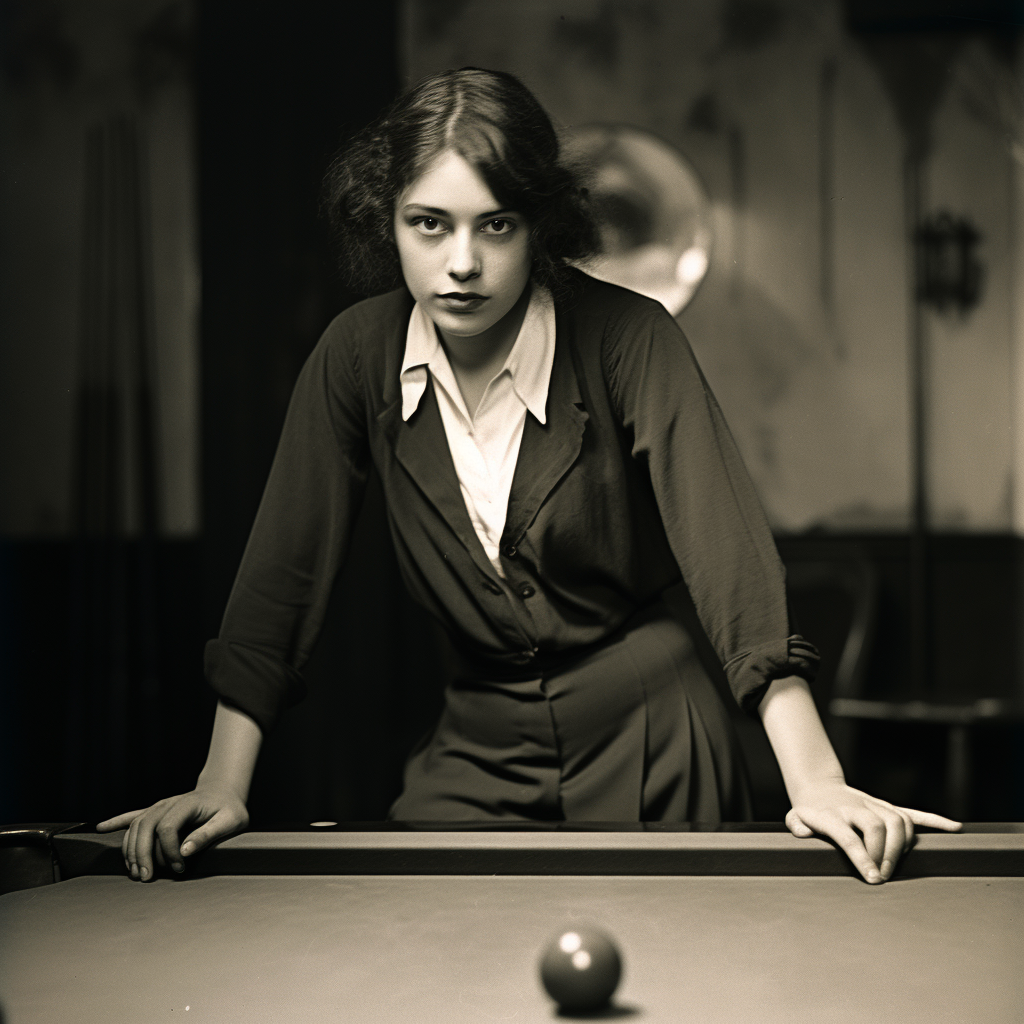Stop Shot Basics
One of the easiest ways to get positioning is with the Stop Shot. That is why it is very important that players master the timing and speed needed to execute this shot perfectly 99% of the time. This quick drill will help you get that timing and speed down, and this drill is a great workout for the beginner player.
One of the most important shots in the game of pool is called the Stop Shot. It is so important that this drill should probably be closer to the top of the list of drills on this site. The important thing is that you are reading it now. So without further ado,… please read on.
The reason this shot is so important is because it is so basic and easy to execute correctly after a little practice. You won’t need to worry about running the cue ball into other balls on the table after making contact with your target object ball because the cue ball will just stop on impact.
The only catch, is that you will need to be setup in a straight line from the cue ball, through the object ball and the target pocket. So for this drill, you will make sure you have that setup for every shot.
Balls are ramdomly placed onto the table. You get ball in hand for every shot. Make sure you have lined everything up straight from the cue ball to the target pocket.

There are a few ways to perform a Stop Shot, the 2 most basic ways are dicussed now.
The first and easiest Stop Shot is done by hitting the cue ball in perfect center hard enough so that it doesn’t pick up any foward roll during its path to the object ball. It will actually be sliding into the object ball. Since it has no back or foward roll, all of the cue ball’s power will be transfered into the object ball and stop the cue ball dead.
The second Stop Shot is done with a little draw / backspin. It shares similar characteristics with the previous version of the Stop Shot. You must hit the cue ball so that on the moment of impact it has no more back spin and is in fact getting ready to start spinning foward. The time between the back spin and transfer into the foward roll is when you want the cue ball to be making contact with the object ball. Since there will be no spinning going on, the cue ball will stop dead in its track.
Note: If the shot is perfectly straight in, it doesn’t matter how hard you hit the cue ball, it will still come to a complete stop on contact. Hitting the cue ball too hard will be a waste of energy and may also throw off your aim, so stay calm.

The Intricacies of the "Stop Shot" in Pool and Billiards
What is a “Stop Shot”?
At its core, the stop shot in pool and billiards is a foundational shot that every aspiring player needs to master. It’s a shot where the cue ball halts immediately upon impacting the object ball, without rolling forward or spinning backward. When executed perfectly, the cue ball “stops” in its tracks, providing the player with a strategic advantage for the subsequent shot.
Why is the Stop Shot Important?
The significance of the stop shot goes beyond its visual simplicity. Mastering this shot equips a player with a powerful tool in their arsenal. By controlling the cue ball’s position, players can:
- Plan Ahead: By halting the cue ball, players can line up their next shot more easily, ensuring a smooth runout of the table.
- Avoid Obstacles: By preventing unwanted movement of the cue ball, players can avoid unintentionally pocketing the cue ball or hitting other balls, which could lead to fouls or undesirable ball positions.
How is a Stop Shot Executed?
Achieving a perfect stop shot requires a balance of technique and understanding of the game’s physics:
- Cue Ball Contact Point: The cue ball should be struck at its center. Any deviation above or below the center might induce unwanted top or backspin.
- Force: The shot’s power should be adjusted based on the distance between the cue ball and the object ball. For closer shots, a softer touch is required, while for longer distances, a more forceful strike is necessary.
- Follow-through: A consistent and straight follow-through ensures that the cue stick’s path remains true, reducing the chance of inadvertent spins.
Conclusion: The Art of the Stop
Mastering the stop shot is a journey that transforms a novice into a seasoned player. While it may seem straightforward, its effective execution requires practice, understanding, and strategic insight. By incorporating the stop shot into their repertoire, players not only gain a technical advantage but also elevate their strategic gameplay, making them formidable opponents on the pool table.